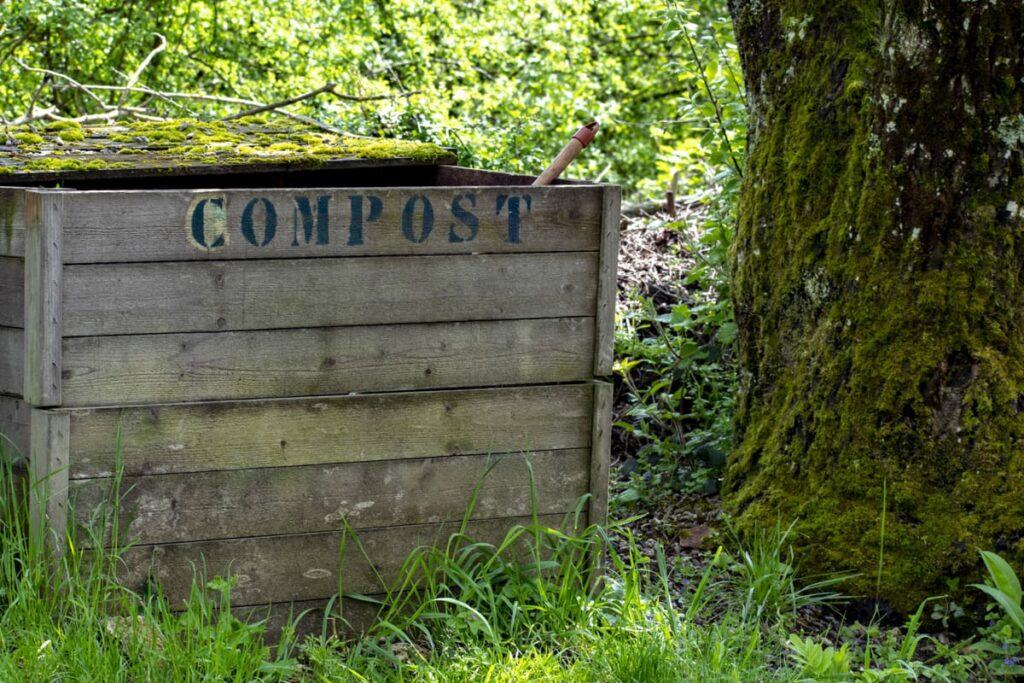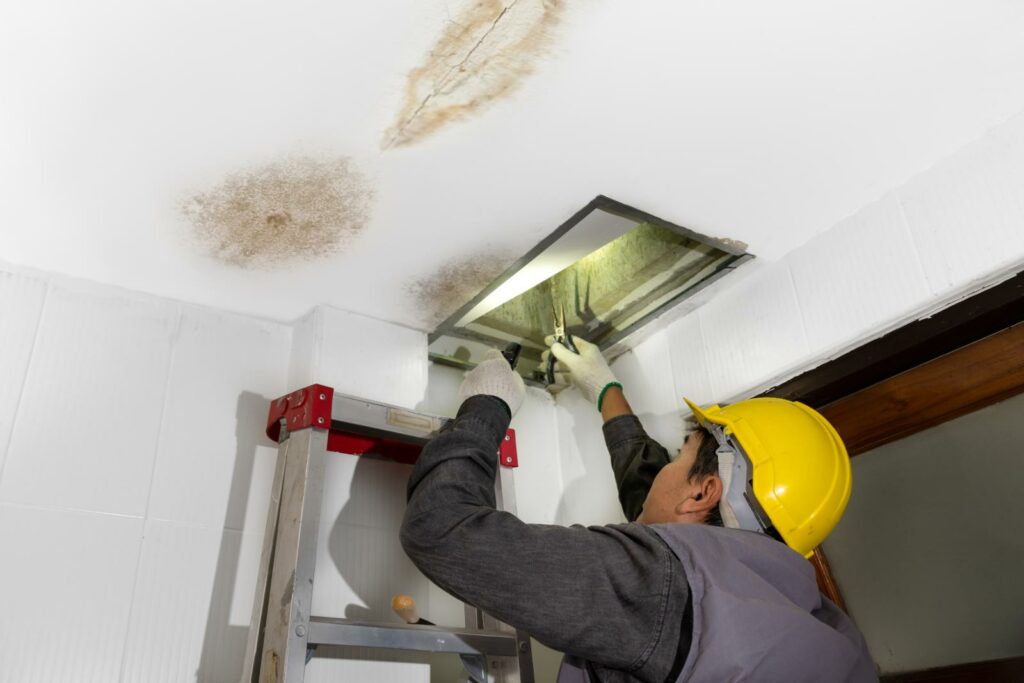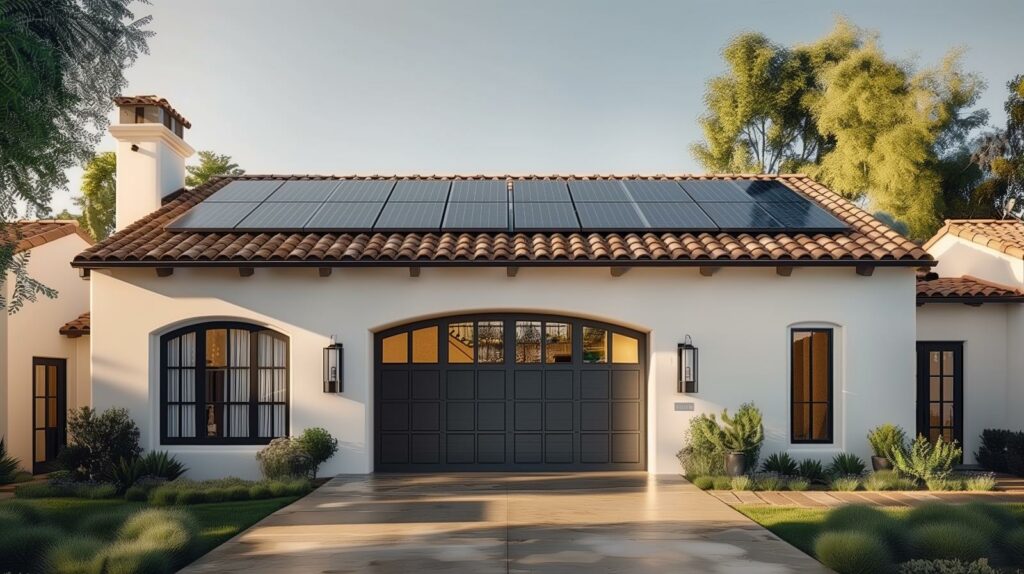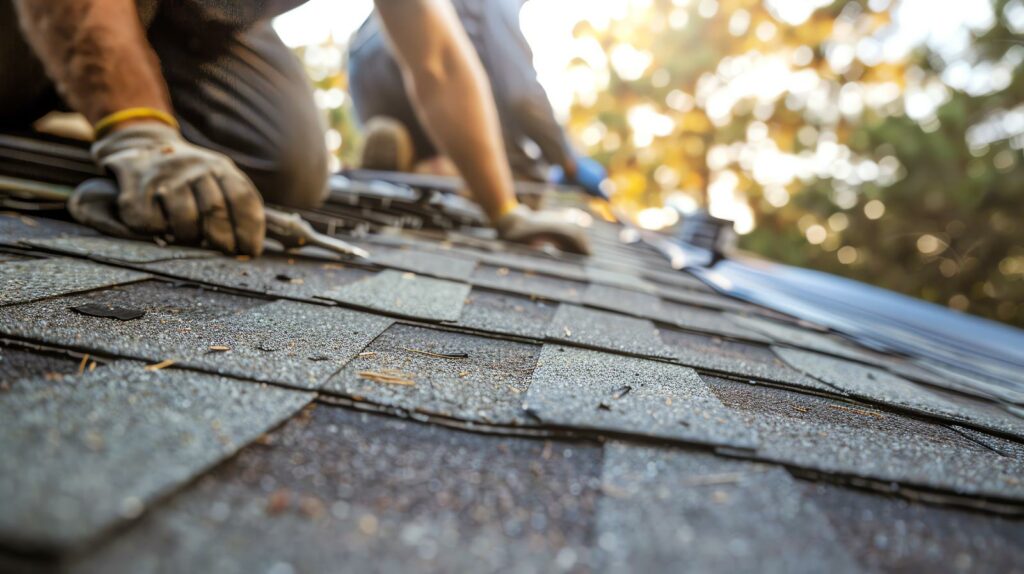Contents
How do you make a simple DIY compost bin?
What To Expect in This Article
- Composting is a great way to reduce household waste and nourish your garden with rich soil-like substances.
- Making a DIY compost bin is an affordable and straightforward alternative to purchasing one.
- To create a DIY compost bin, you’ll need a plastic container with a lid, a 1/4 inch drill bit, green and brown materials, and optionally, a composting starter.
- To create compost, add brown and green materials, mix and moisten them, monitor and turn the compost every few weeks, and finally, use it to enrich soil, fertilize plants, or as a potting mix.
Composting is one of the easiest and most beneficial ways to reduce household waste while providing valuable nutrients to your garden. The process of composting involves breaking down organic materials, such as food scraps and yard waste, into a rich soil-like substance that can be used to nourish plants. While you can purchase a compost bin, making your own is a simple and affordable alternative. In this article, we will guide you through the steps to make a simple DIY compost bin that will help you reduce waste and improve your garden’s health.

Materials Needed
Before we get started, let’s gather the necessary materials for this project. You’ll need:
- One large plastic container with a lid
- Drill with a 1/4 inch drill bit
- Green and brown materials (food scraps, leaves, etc.)
- Garden gloves (optional)
- Composting starter (optional)
Step-by-Step Instructions
-
Choose your container
First, choose the container you will use as your compost bin. It should be at least 18 gallons in size, have a tight-fitting lid, and be made of plastic. The container can be either new or repurposed. If you’re repurposing a container, make sure it’s clean and free of any chemicals.
-
Drill Holes
Once you’ve selected your container, it’s time to drill holes in the sides and bottom. Using a 1/4 inch drill bit, drill several holes in the bottom of the container to allow for proper drainage. Then, drill holes in the sides of the container to provide ventilation. These holes will allow air to flow through the compost, which is necessary for the decomposition process.
-
Add Composting Starter
If you have a composting starter, add it to the bottom of the container. This will help jumpstart the composting process by introducing beneficial bacteria and microorganisms.
-
Add Composting Materials
Add your composting materials to the container. You’ll want to start with a layer of brown materials, such as dead leaves, twigs, or straw. Then, add a layer of green materials, such as food scraps, grass clippings, or coffee grounds. Repeat these layers until the container is about three-quarters full.
-
Mix and Moisten
Using garden gloves (if preferred), mix the composting materials together thoroughly. You’ll want to make sure the brown and green materials are evenly distributed throughout the container. Then, moisten the compost by adding water. You don’t want it to be too wet or too dry – aim for a damp sponge-like consistency.
-
Monitor and Turn
Now that your compost is in the container, it’s time to start the composting process. Place the lid on top of the container and store it in a shaded area. Check the compost every few days to make sure it’s not too wet or too dry. If it’s too wet, add more brown materials. If it’s too dry, add more green materials or water. Every two to three weeks, use a shovel or garden fork to turn the compost. This will help aerate the materials and speed up the decomposition process.
-
Use Your Compost
After a few months, your compost will be ready to use. It should be dark brown and crumbly, with an earthy smell. You can use your compost to enrich your soil, fertilize plants, or as a potting mix.
That’s a Wrap!
Making a DIY compost bin is an easy and affordable way to reduce household waste and provide valuable nutrients to your garden. With just a few materials and simple steps, you can create a compost bin that will help you create healthy soil and beautiful plants. Remember to monitor and turn your compost regularly and adjust the moisture levels as needed. By doing so, you’ll ensure that the composting process is running smoothly and efficiently.
In addition to being a sustainable and eco-friendly practice, composting can also save you money on fertilizers and soil amendments. By reusing food scraps and yard waste, you’re reducing the amount of waste you send to landfills and creating a valuable resource for your garden.
So why not give DIY composting a try? With these simple steps and a little bit of patience, you can create a compost bin that will benefit both your garden and the environment. Happy composting!




